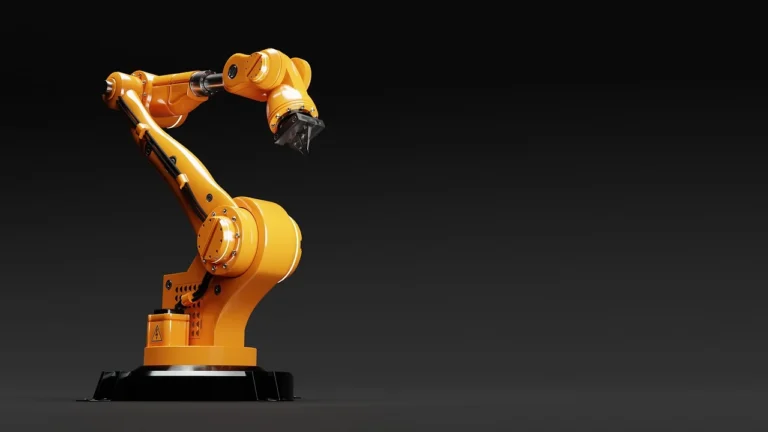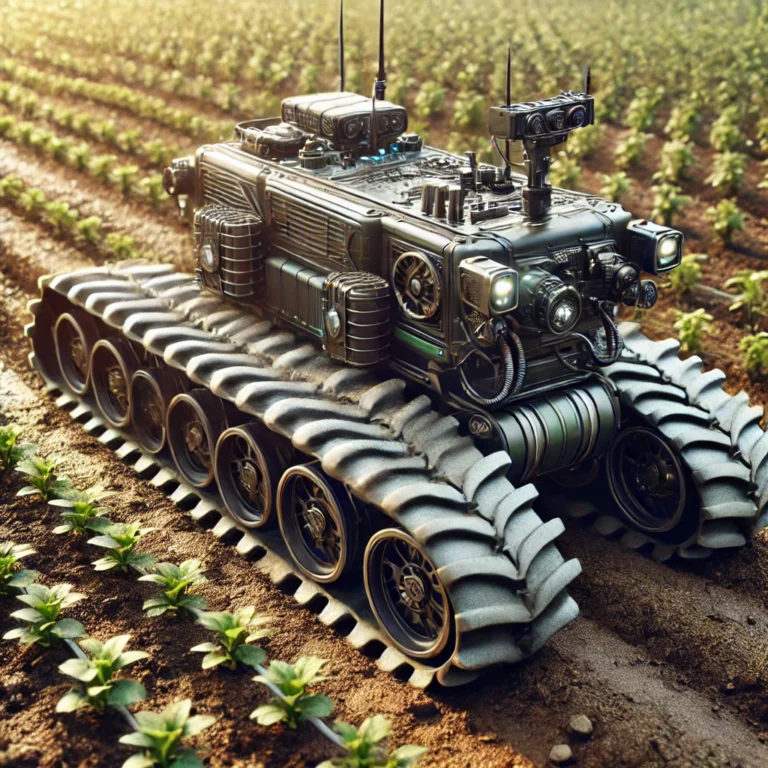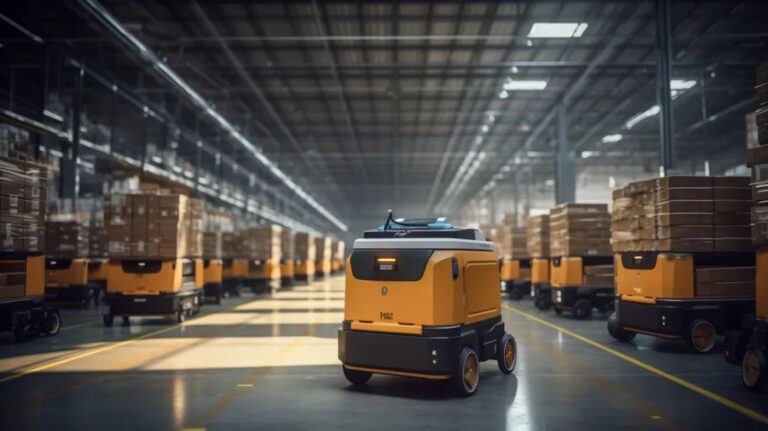We help the world since 2012

Key Considerations for Designing a Scalable Power Architecture for Advanced Robotics
To ensure high performance and reliability, engineers must address several critical factors that impact the power system’s design. From selecting the right power module to ensuring seamless integration with other components, each decision shapes how effectively the robot operates. Below are the key considerations when designing a power architecture that can meet the demands of advanced robotics.
- 1. Defining the Power Requirements Based on Robot Functionality
- 2. Optimizing Efficiency: A Crucial Factor for Mobility and Battery Life
- 3. Selecting the Right Type of Power Module for Specific Applications
- 4. Effective Thermal Management for Consistent Performance
- 5. Ensuring Reliability and Robustness in Challenging Environments
- 6. Seamless Integration with Other Robotic Systems
- Building a Scalable, Future-Proof Power Architecture
1. Defining the Power Requirements Based on Robot Functionality
Every robot is unique in its power needs, determined by the tasks it performs, its environment, and the components it relies on. One of the first steps in designing a scalable power architecture is a detailed analysis of the robot’s overall power requirements. This includes evaluating peak power consumption, average operating power, and standby power needs.
For mobile robots, especially those involved in high-load operations, it is essential to ensure that the power supply is not only adequate for the base functions but also resilient enough to handle spikes in power demand. This approach mitigates the risk of power shortages during critical operations, which can lead to system failures or degraded performance.
2. Optimizing Efficiency: A Crucial Factor for Mobility and Battery Life
Efficiency plays a central role in robotic applications, especially for mobile units that rely on battery power. The goal is to maximize energy conversion while minimizing losses. High-efficiency power modules, such as DC-DC converters, are designed to optimize the energy transferred from the power source to the robot’s functional components.
In mobile robots, higher efficiency directly translates into longer operational life between charges, reducing downtime and improving productivity. Additionally, using power modules with advanced energy management features allows engineers to optimize power usage dynamically, depending on the robot’s task at hand. This ensures that energy is not wasted during periods of lower activity or idle states.
3. Selecting the Right Type of Power Module for Specific Applications
Not all power modules are suitable for every robotics application. High-density DC-DC converters, which offer high power output in a compact form, are often ideal for mobile robots due to space and weight constraints. Conversely, stationary or industrial robots may prioritize power stability and long-term durability over compactness.
When choosing a power module, it is important to balance size, weight, and thermal characteristics. For example, mobile robots that need to operate in confined spaces or carry heavy loads will benefit from lightweight, high-efficiency power modules. In contrast, robots in industrial settings may prioritize robustness and thermal endurance over other factors.
4. Effective Thermal Management for Consistent Performance
Thermal management is one of the most overlooked yet essential aspects of power system design in robotics. High-density power modules generate significant amounts of heat, and improper thermal management can lead to overheating, which affects both the power module’s and the robot’s longevity.
To address this, engineers must design cooling solutions that efficiently dissipate heat without adding significant bulk or complexity. Passive cooling solutions like heat sinks can be effective for smaller robots, while more active cooling methods, such as fan or liquid cooling, may be required for larger, high-power robots. Maintaining optimal operating temperatures ensures the power system runs reliably even under heavy workloads.
5. Ensuring Reliability and Robustness in Challenging Environments
Robots are often deployed in environments where they are exposed to extreme conditions, including high temperatures, vibrations, dust, and moisture. As a result, the reliability and durability of power modules become critical for long-term performance.
High-performance robots need ruggedized power modules that can withstand these harsh conditions without compromising on functionality. For example, industrial and outdoor robots must be equipped with power modules that feature conformal coatings or are encased in protective enclosures. This level of durability ensures continuous operation and minimizes the risk of failure, particularly in mission-critical applications.
6. Seamless Integration with Other Robotic Systems
Power systems are only one part of a robot’s overall architecture. To function optimally, the power modules must integrate seamlessly with the robot’s control systems, sensors, and actuators. Poor integration can lead to issues such as inconsistent voltage levels, signal interference, or even complete system failure.
When designing the power architecture, engineers must ensure that the selected power modules are compatible with the robot’s communication and control systems. Compatibility simplifies installation and reduces the likelihood of operational disruptions. Additionally, modern power modules can offer intelligent monitoring and control interfaces, allowing the robot to self-regulate power distribution based on real-time demands.
Building a Scalable, Future-Proof Power Architecture
In designing robots for the future, a robust and scalable power architecture is foundational. By carefully evaluating the robot’s power requirements, optimizing efficiency, selecting the right modules, and addressing thermal management, engineers can create systems that are not only reliable but also adaptable to the evolving needs of advanced robotic applications.
Beyond efficiency and performance, reliability in tough environments and seamless integration with other robotic systems ensure that the robot can handle complex tasks in any scenario. Ultimately, using high-performance, high-density power modules tailored to the specific needs of the robot will enable it to operate longer, more efficiently, and more effectively, creating value across diverse industries.
By addressing these critical factors, robotic engineers can design a power system that meets current demands while also being flexible enough to accommodate future innovations in robotic technology.




